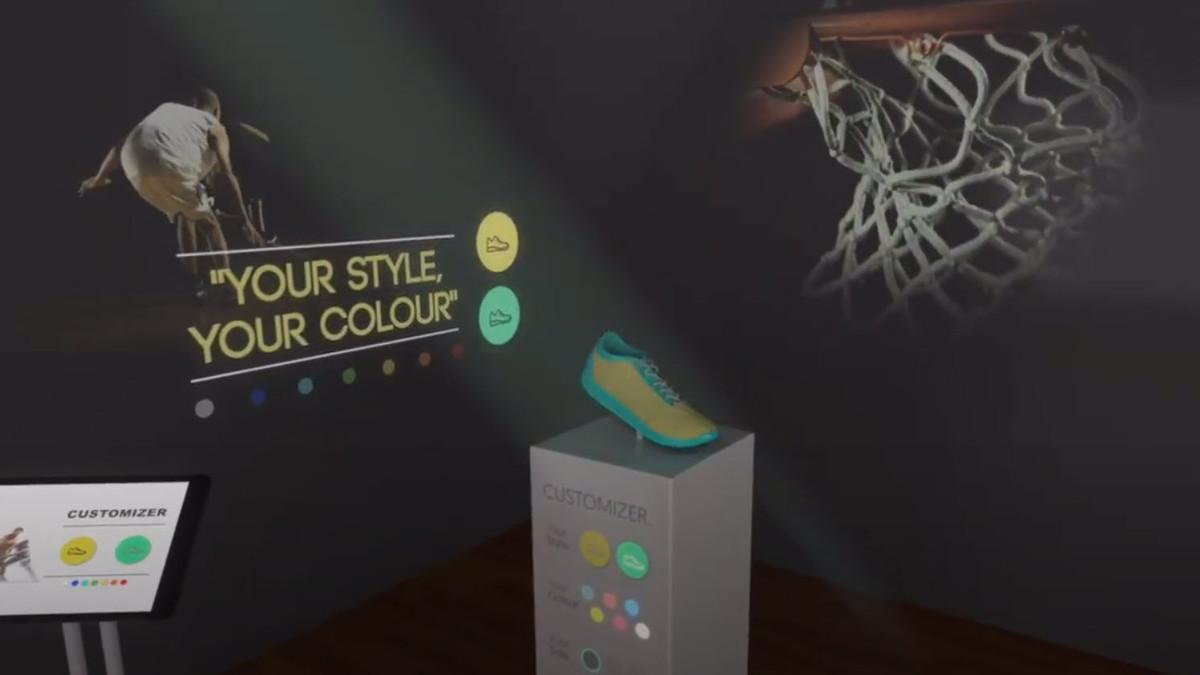Retailers have been pushed against the ropes this past year, and the need to make shoppers’ experiences unforgettable is more pressing than ever.
Certain states like Florida have opened back up (to the relief of retailers and other business owners), while leaders in other states continue to keep retailers in the dark about their plans for easing or further tightening regulations.
Retailers can’t wait for others to dictate their future. They have to be planning for how to attract and retain customers when their stores reopen.
Those who can should be taking full advantage of their stores being open now. Digital signage is a centerpiece of maximizing the hours that a retail location is open.
As was the case before the pandemic emerged, thriving in retail means capturing the customer’s imagination and leading them to action. Success will now also mean ensuring the customer that they are safe when they enter a store, restaurant, or other retail property.
Retailers will need to convince customers that their in-store experience offers more than Amazon can, and that the superior experience will not come at any personal health risk.
Digital signage remains an ideal way of presenting such messages to customers. It is a technology readymade for the post-pandemic world, and one that is an essential tool for retailers who want to make the retail reopening their shop’s comeback moment.
Customers ready to return to (safe) in-store retail
Americans are tired of doing everything from their couches, whether it is ordering lukewarm delivery food or being limited to online shopping.
Retail is ripe for a comeback, and retailers should be ready to remind customers why digital retail is a poor imitation of the real, in-store thing.
Being able to try on clothes before buying or having a meal fresh off of the grill remain major pull factors for the in-store or in-restaurant experience.
Digital signage remains an unrivaled tool for retailers to advertise deals, tell the stories behind products, and display content that makes the customer feel like they are doing more than just buying something — they’re experiencing something.
Digital signage will now play another critical role: ensuring that customers know how retailers are keeping them safe.
A digital sign can communicate a store’s policy on wearing a mask. It can be used to let customers know that surfaces in the store are being sanitized at certain intervals. It can communicate to customers that their safety is of the utmost concern to ownership. Signs can display these messages both inside the store, in a storefront, and outside of a retail location or restaurant.
Digital signage can be an integral part of not only coaxing customers out of their shells and into stores, but can also enhance the in-store experience so that customers remember their fondness for in-store retailers.
Signage can be sterile without being too sterile
Quick, describe the feelings that retail customers want to hit them when they walk into a store … what did you come up with? Warmth? Excitement?
Sterile is probably not one of the words you came up with. Then again, with a pandemic being the foremost concern for a significant contingent of the shopping public, it might have been on your list.
It is now important to communicate cleanliness standards, and we’ve discussed how retailers can do this by using digital signage. Imparting a store’s dedication to literal sterility cannot become the overwhelming vibe that a store takes on. Customers are still human, and they want to feel human emotions when they enter a store or restaurant.
With digital signage, retailers can use the same logos, colors, brand messaging, and personalized content that attracted customers to their brand pre-pandemic. They can display vibrant pictures and videos of their products, encourage their customers to interact with the brand through social media, and engage with their customers on a human level through their signs.
And they can do so in a way that is literally sterile.
Digital signage can be controlled from a single location. Cloud-based screen management means that employees do not have to physically touch signage to make changes. While customers can interact with digital signage, they don’t have to. Retailers may take special precautions to ensure that customers can interact with their signs in a way that is safe.
The guideline for retailers looking to continue benefiting from digital signage in the era of the pandemic is to embrace sterility without making it the only message that the customer receives. Digital signage makes this balance very much achievable.
Changing retail landscape hasn’t diminished digital signage
The world is changing. Retail is changing. This does not mean that retail is at risk, but does mean that retailers must adapt to thrive.
As they adapt, retailers should continue to leverage digital signage as the multi-faceted asset that it was proven to be before the pandemic. Digital signage is no less valuable today than it was before the first retail locations in America were ordered to close — it may be even more valuable.
Digital signage can help retailers communicate the messages that they want customers to read or hear. It can radiate a certain vibe or feeling to match a specific brand. And, as is now essential, it can explain that retailers are not compromising when it comes to the health and safety of each and every customer who walks through the door.
As retailers put 2020 behind them and prepare for a rejuvenation in the coming months, digital signage will undoubtedly play a critical role in retail’s return.
This article was written by Bobby Marhamat from Retail Customer Experience. News Features and was legally licensed through the Industry Dive publisher network. Please direct all licensing questions to legal@industrydive.com.
